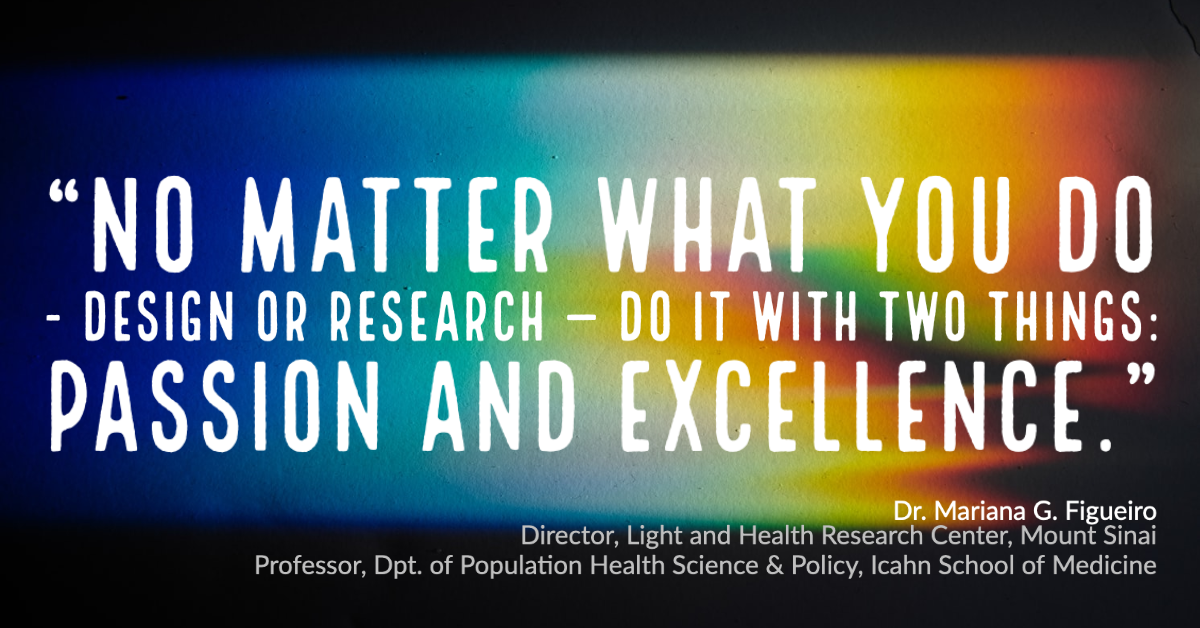Turning Lighting Research into Practice for Health & Well Being
Micène Fontaine, September 27, 2022
Are there windows in the room where you work?
As I write this, I'm sitting in my home office with two large windows. Each faces a different direction, which means different types of daylight at various times. I've never given much thought to which is better for my productivity and my overall health and well-being, but I know someone who does.
Dr. Mariana Figueiro is the Director of the Light and Health Research Center at Mount Sinai and a Professor in the Department of Population Health Science and Policy at the Icahn School of Medicine. She is well known for her research on the effects of lighting on human health, sustainability, circadian photobiology, and lighting for older adults. In other words, Mariana knows how different types of light can affect us physically and emotionally.
For example, we know that most people prefer natural light sources such as windows, skylights, and indirect artificial lighting over direct artificial lighting. But do you know how different types of lighting affect your clients and contribute to good health and wellbeing?
Lighting is an essential aspect of the built environment. It influences our health and well-being, as well as our productivity. However, far too often, lighting remains a purely aesthetic consideration when, in fact, it affects people's moods, concentration levels, and alertness and even impacts their physical and mental health.
The way the brain responds to light is complex. Still, Dr. Figueiro is used to breaking down what the latest research in lighting science means for practitioners by showing examples of what it looks like in various environments and explaining how it leads to improved sleep, mood, and behavior.
It means that if you want to design environments where people feel engaged, comfortable, productive, and healthy, you may need to start thinking about light in a new way. Architects and interior designers need to recognize that there is much more to lighting than meets the eye. The health and well-being of occupants depend on it.
For a quick primer on this topic, you can watch Dr. Figueiro's TEDMED talk on the subject, and for a deeper dive, you can check out our Change by Design session with Dr. Figueiro on "Turning Lighting Research into Practice for Health & Well Being."
Here is to you and your fellow architects and designers lighting the way to health and well-being - by design. 💡





